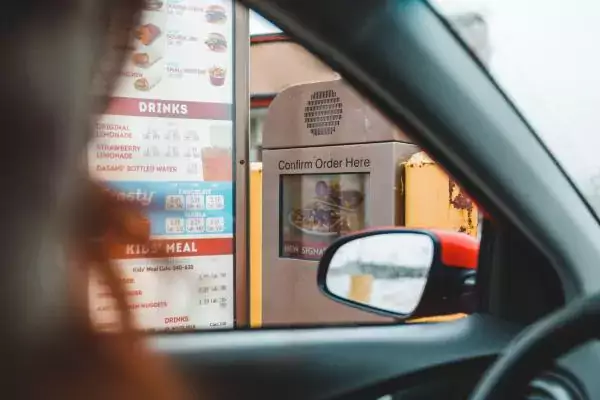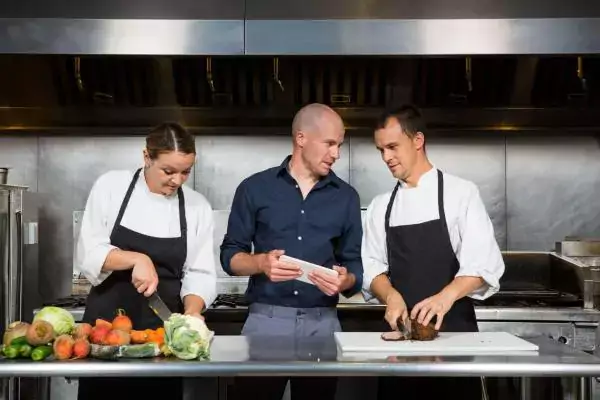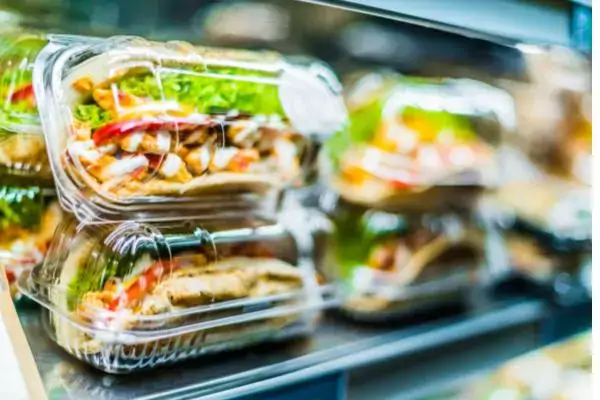“Bloody hell. Here we go again.” Gordon Ramsay as restaurant patrons file into Hell’s Kitchen.It’s another busy night at the restaurant and the kitchen is going to be a madhouse. Are you ready to rock or will operations be a flop? The answer to that question comes down to the efficiency of the restaurant line check. Today’s restaurant line check is commonly used in quick-service or fast-casual dining. The phrase, however, has its roots in fine dining with the French phrase “mise en place,” meaning “in its place.” In the most literal sense, mise en place makes certain that everything – food, supplies and equipment – are in the right place prior to service. The phrase eventually became known simply as “line check.” Seva Procurement, a solutions provider for the hospitality industry, calls line checks for both front-of-house and back-of-house “the single most important practice that an operator can execute to ensure that a shift runs smoothly.” If you’re in the restaurant industry, you know conditions can change in the blink of an eye. It’s not just about making sure Gordon Ramsay-like tempers don’t flare up when something goes awry. A restaurant line check helps to keep your costs in check as well. Let’s take a closer look at some of the specific questions or bullet points that might appear on a restaurant line check.
- Does the kitchen have a working scale?
- What are the specialty foods that will be used this afternoon/night?
- Are all foods and supplies in stock with ample quantity?
- Are the refrigerator and freezer at the right temperatures?
- Have the portions been measured and weighed prior to service?
- Are foods on standby – sauces, soups, pre-cooked vegetables or rice – being stored at the right temperature?
- What is the temperature of the grill?
- What are the conditions of the grill, broiler, fryers, oven and stove tops?
- Are meat thermometers in working condition?
- Has the fry oil been changed?
- Are plates, glasses and utensils clean?
- Does the wait staff have access to extra supplies (e.g. salad dressing, maple syrup, chocolate syrup, ketchup, grated cheese, chocolate syrup) so they don’t have to distract the kitchen staff to obtain these items?
Restaurants Operations Can Go Paperless with a Process
Restaurant operations represent symbiotic relationships between back-of-house and front-of-house operations. The restaurant line check is not solely the responsibility of the chef. The chef is in charge of the kitchen but at the end of the night, operations are the responsibility of management. The ability to effectively communicate is a management issue.There are resources online that suggest printing out line check sheets and storing them in a binder. Of course, a mobile system would reduce the amount of paperwork and make requests available in real time. On a busy night there’s no time for a game of telephone or chain email. With a mobile solution, a staff member could immediately report the issue, which could possibly fix the problem before the start of the next shift.
Keep in mind that going paperless is worthless without a process, and resolving issues before they become full-fledged problems will ultimately save money. You need to be prepared for anything in the restaurant industry. Even in a chicken joint, there’s no room for wingin’ it!Subscribe to our blog
You are now subscribed!


